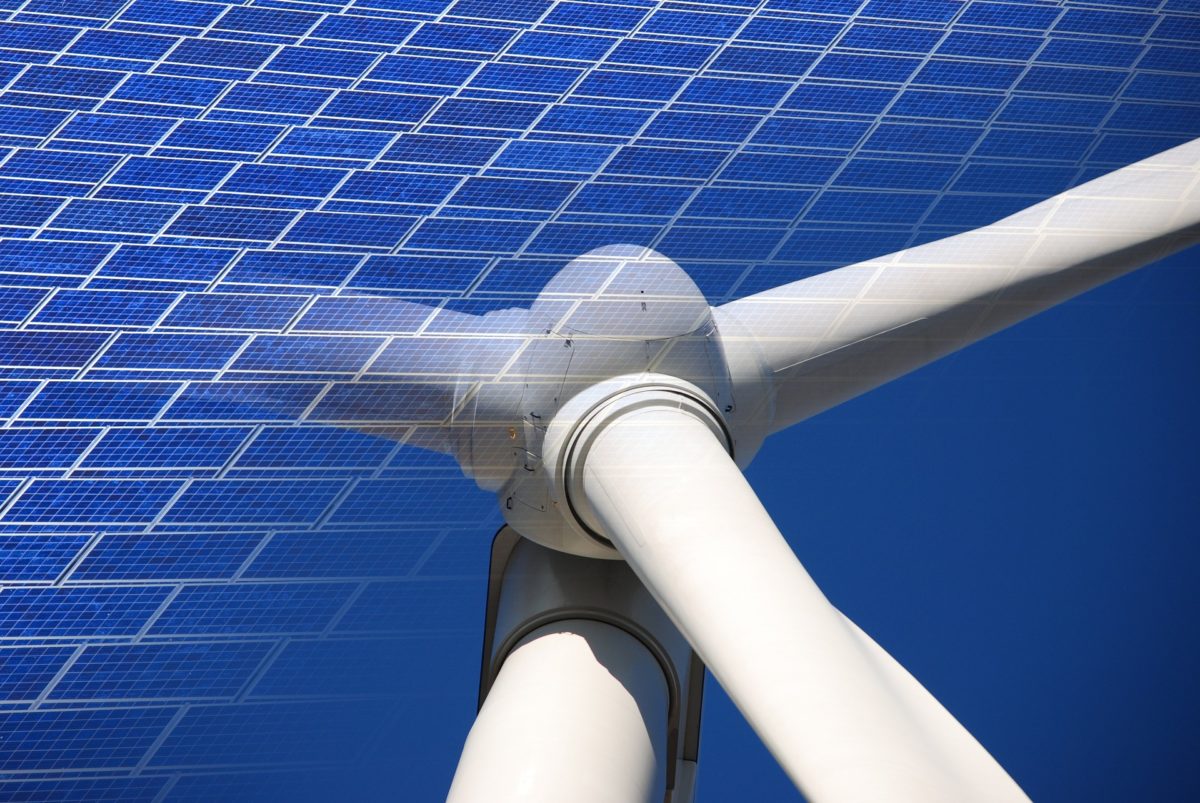Energy costs are on the rise, and this trend applies to renewable energy as well. In its Q3 Power Purchase Agreement (PPA) Price Index Report, LevelTen Energy reported a 9.6% rise in PPA prices in-quarter. LevelTen operates among the world’s largest PPA marketplaces.
LevelTen’s report is based on the average price in major markets at the 25th percentile, called “P25” prices. The P25 price for Q3 2022 was $45.93 per MWh. This represents a 34% increase in P25 PPA prices year-over-year.
The report said following years of price decreases, PPAs have been on a steady climb since 2020. Supply chain problems worsened by the pandemic have upended the broader trend of price decreases.
“The industry has since faced a series of compounding economic, regulatory and permitting challenges that have created an imbalance between PPA supply and demand, and led to an increase in development costs, keeping prices high,” said the report.
This August, the Inflation Reduction Act was signed, which will aid the U.S. market by creating regulatory certainty for the next decade, establishing a long-term Investment Tax Credit. The implementation of the IRA offers possible relief to rising prices, “But it’s too soon to say if and when that will happen,” said Gia Clark, a senior director with LevelTen.
Clark offered three reasons why price relief may take time. First, immediate barriers are not yet removed. While the IRA offers significant incentives, it does not address immediate supply chain constraint issues and interconnection queue congestion problems. Second, development costs are rising. Labor, capital, commodities, and other project inputs continue to increase alongside inflation. Third, demand from corporations and utilities is increasing competition for already limited renewable capacity, pushing up prices.
During Q3, LevelTen reports solar PPA prices rose 7.5% to $42.21 per MWh, while wind increased more sharply by 11.4% at $49.66 per MWh. SEIA reports that shipping and supply chain constraints are a significant pressure on solar projects, causing utility-scale projects to increase 12.7% over last year.
Extreme weather has been a factor in PPA pricing in some U.S. markets. Temperatures exceeding 100 degrees for much of the summer pushed Texas’ ERCOT grid to the limits of its grid and pricing mechanisms by late August. LevelTen said the echoes of 2021’s Winter Storm Uri still lingering, elevated and volatile wholesale prices are likely to continue in the market, putting upward pressure on PPA prices.
Though PPA prices are expected to continue to rise, LevelTen said their value remains compelling. Clark does not recommend waiting for prices to fall to move forward on PPAs.
“Energy buyers who are waiting for prices to drop should know that may not happen in time for them to meet their emissions reduction goals, if it happens at all,” said Clark. “Taking a wait-and-see approach could result in experiencing more competition for PPAs when you’re ready to enter the market. It’s important to remember that PPA prices are only half of the story. As wholesale energy prices continue to rise, so too does PPA value. And the brand value of bringing new clean energy onto the grid has never been higher, as investors, consumers and employees demand climate leadership.”
This content is protected by copyright and may not be reused. If you want to cooperate with us and would like to reuse some of our content, please contact: editors@pv-magazine.com.









By submitting this form you agree to pv magazine using your data for the purposes of publishing your comment.
Your personal data will only be disclosed or otherwise transmitted to third parties for the purposes of spam filtering or if this is necessary for technical maintenance of the website. Any other transfer to third parties will not take place unless this is justified on the basis of applicable data protection regulations or if pv magazine is legally obliged to do so.
You may revoke this consent at any time with effect for the future, in which case your personal data will be deleted immediately. Otherwise, your data will be deleted if pv magazine has processed your request or the purpose of data storage is fulfilled.
Further information on data privacy can be found in our Data Protection Policy.